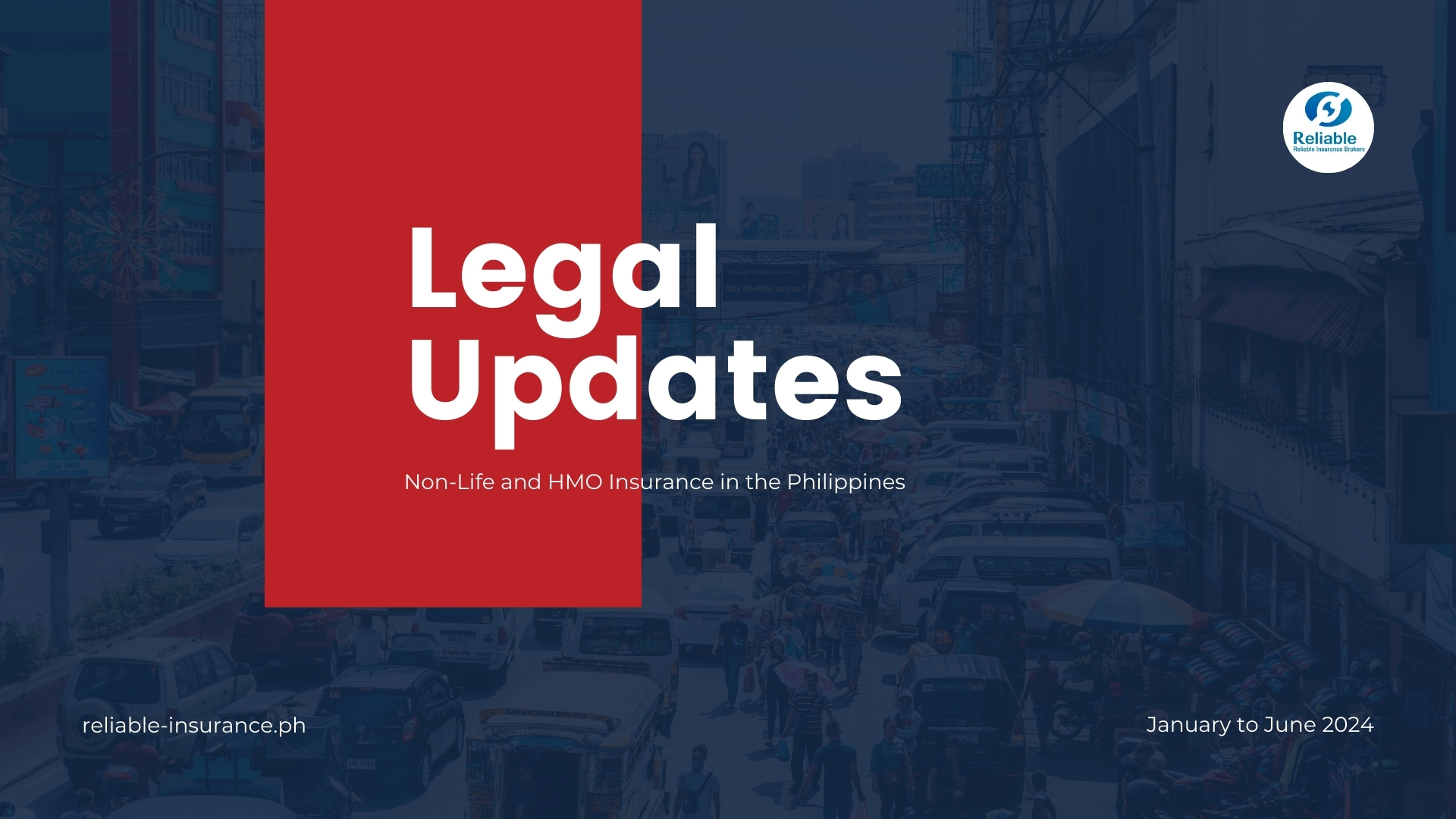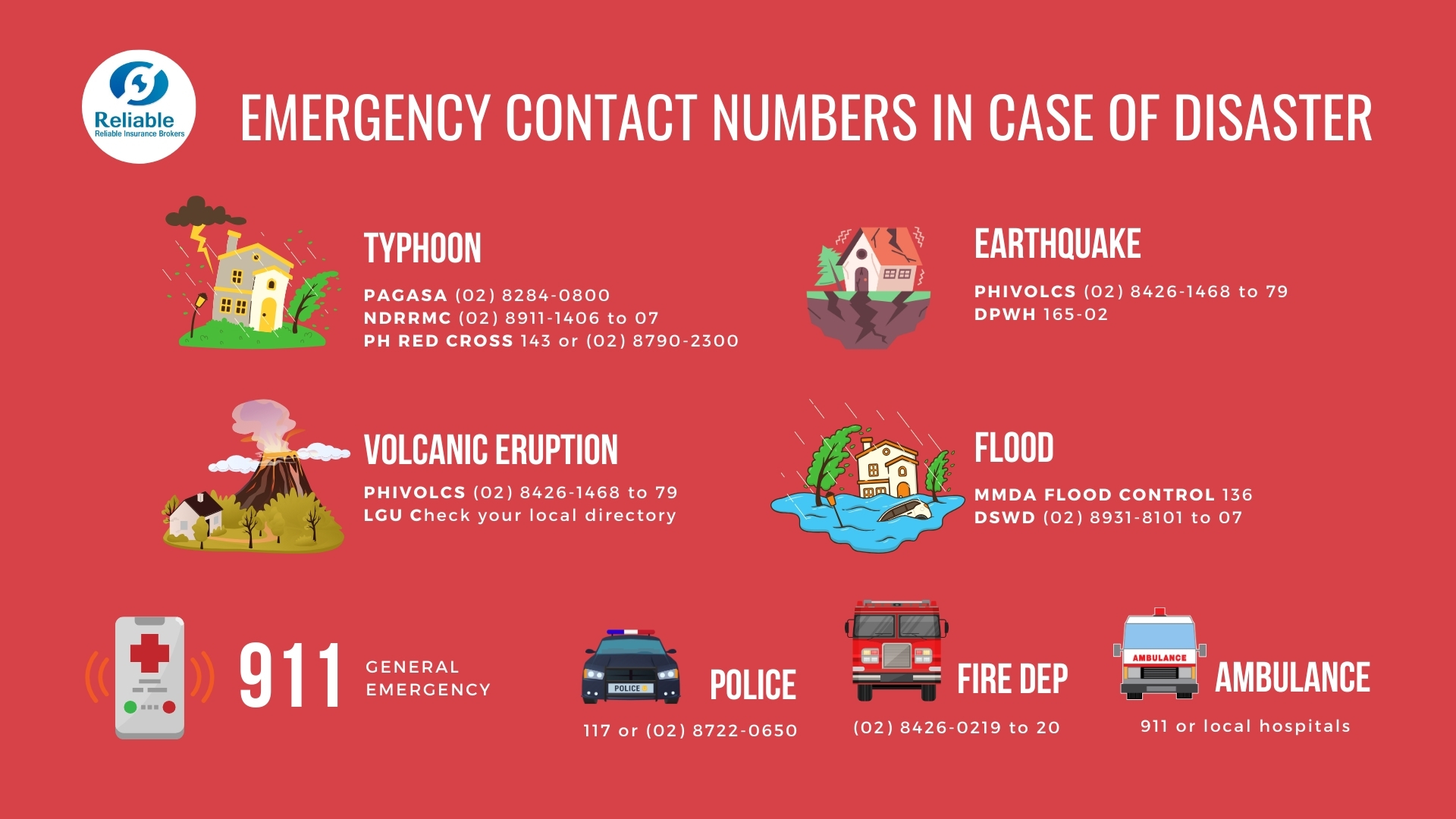Living in the Philippines means being prepared for various natural disasters such as typhoons, earthquakes, volcanic eruptions, and floods. In such situations, having essential emergency contact numbers readily available can make a significant difference. This guide provides a comprehensive list of emergency numbers to keep in your wallet, ensuring you are always prepared to protect yourself and your loved ones.
General Emergency
The most important emergency number to remember is 911. It is the Philippines' national emergency hotline, capable of connecting you to various emergency services including police, fire, and medical assistance.
Typhoon
Typhoons are common in the Philippines, especially during the rainy season from June to November. For immediate assistance during a typhoon:
- Philippine Atmospheric, Geophysical and Astronomical Services Administration (PAGASA): (02) 8284-0800
- National Disaster Risk Reduction and Management Council (NDRRMC): (02) 8911-1406 to 07
- Philippine Red Cross: 143 or (02) 8790-2300
Earthquake
The Philippines lies on the Pacific Ring of Fire, making it prone to earthquakes. In case of an earthquake:
- Philippine Institute of Volcanology and Seismology (PHIVOLCS): (02) 8426-1468 to 79
- Department of Public Works and Highways (DPWH): 165-02
Volcanic Eruptions
With several active volcanoes, volcanic eruptions can occur. Key contacts include:
- PHIVOLCS: (02) 8426-1468 to 79
- Local Government Units (LGUs): Contact numbers vary; check your local directory.
Flood
Flooding is a frequent hazard, especially in low-lying areas. For flood-related emergencies:
- Metropolitan Manila Development Authority (MMDA) Flood Control: 136
- Department of Social Welfare and Development (DSWD): (02) 8931-8101 to 07
Additional Essential Contacts
- Police: 117 or (02) 8722-0650
- Fire Department: (02) 8426-0219 to 20
- Ambulance Services: 911 or contact local hospitals for emergency medical services.
Being prepared for emergencies means having quick access to essential contact numbers. Keep this list in your wallet to ensure you are always ready to respond effectively to any disaster in the Philippines. Remember, the right information can save lives.
Stay informed and prepared by visiting the Reliable Insurance Brokers website for more tips on disaster preparedness and other emergency procedures. Make sure your insurance policies are up-to-date to provide the necessary coverage during unforeseen events. Contact us today to learn more about our comprehensive insurance solutions tailored to your needs.
Sources:
- Philippine Atmospheric, Geophysical and Astronomical Services Administration (PAGASA). (2024). Retrieved from https://www.pagasa.dost.gov.ph
- National Disaster Risk Reduction and Management Council (NDRRMC). (2024). Retrieved from ndrrmc.gov.ph
- Philippine Red Cross. (2024). Retrieved from redcross.org.ph
- Philippine Institute of Volcanology and Seismology (PHIVOLCS). (2024). Retrieved from www.phivolcs.dost.gov.ph
- Metropolitan Manila Development Authority (MMDA). (2024). Retrieved from mmda.gov.ph
- Department of Social Welfare and Development (DSWD). (2024). Retrieved from www.dswd.gov.ph




